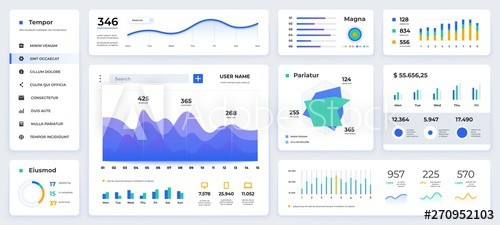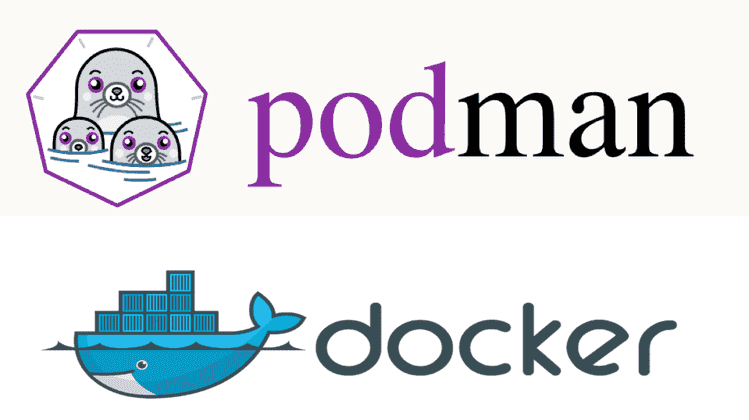When you are about to develop a software or application. Then there is a need to have a software development approach. It is so hard to develop software without having a suitable approach. Many companies are often stuck in a dilemma of choosing, either in-house or offshore teams for their software development.
You might have experienced how tiresome this choice can be. Well, you don’t need to worry about it. In this article, you will learn which path to go for your project in-house or offshore software development.
For the development of software, several phases are needed for building products. The products that meet technical specifications and user requirements. Software development has its own life cycle and a process for development. There are a few steps that you need to follow for software development. Here are the steps in the software development life cycle:
Needs identification
- Requirements Analysis
- Design
- Development and implementation
- Testing
- Deployment and maintenance
2021 is the year in which the software development industry is growing rapidly. A range of development tasks – coding, design, and development is done by choosing one of the software development approaches.
Approaches to Software Development
Software development can go with two approaches. In-house software development and offshore software development are the two main approaches. Here I will compare both approaches. Let us first understand what in-house and offshore software development are.
In-House Software Development
This approach defines a process of software development. That runs by a company or enterprise with a team of engineers that works within the office. In this approach, the software is developed by the development team. They conduct all the activities or operations within a company.
This approach allows you to maximize the customization of your projects. One can easily make appropriate changes in the development process. Here you can make better use of your experts’ skills and services by supervising them face to face.
Offshore Software Development
The approach allows a range of software development tasks by hiring software engineers outside the country. In this approach, companies open new offices as offshore development centers in other countries. They are availing remote and virtual services for their software development. It is the option for software development for the company or enterprise to get talent from elsewhere.
However, there are numerous disadvantages to offshore software development. By using this approach, you will be able to build better software faster. Hiring software engineers all around the globe with AI technology skills, machine learning skills, and many other skills sets.
Software development projects can be a smart strategic move for those who have a clear understanding of software development approaches.
The decision to develop software in-house or offshore development is not an easy job. Before going for one of the approaches. It is important to know key differences. To have an attractive business proposition, you need to analyze the benefits for the company of both approaches.

Pros and Cons of In-House Software Development
There are several facts about in-house software development with multiple reasons to choose this. Any custom software developed with a team of professionals. The team may be from the same country or city. Its has own benefits of having a similar language and cultural background. But there may be fewer boundaries and limitations as well. Below are the key pros and cons of the in-house development approach.
Pros of in-house software development
No Culture and Language Boundaries:
Your internal software engineers are probably from the same country or city with the same cultural background. Which leads to no language boundaries in house development. There is also an advantage of face-to-face communication as a result better understanding of sprints.
Allows you to build internal experts:
With the experience of working on complex software. Internal developers master their skills and soon become the highest-level professionals. These approaches support your company to have enough skills to maintain the product independently.
Quick communication:
In-house software developers generally have a better understanding of the company’s internal process and they can easily communicate with each other. This approach leads to better face-to-face discussions and better communication.
Deep involvement:
This approach allows your company to maximize the process of customization. You can easily adjust the project sprints for company minor tech needs. In-house team involvement leads to seamless collaboration among developers and team experts working on a common goal.
Cons of in-house software development
Costly:
In-house development requires many funds to be invested. The cost of maintaining an in-house development team is higher than in offshore development. Another cost-consuming factor in house development is the cost of recruitment.
Lack of diverse skills:
Most in-house development teams specialized in specific technologies and skill set than offshore. It becomes challenging in-house when launching a new software product powered by unfamiliar technologies.
Staff dismissal:
One of the biggest disadvantages of in-house software development is the dismissal of developers. After companies have invested a number of resources in their skill development and adaptation they go away.
Pros and Cons of Offshore Software Development
To help you to evaluate whether offshore software development is a good fit for your company. I have together a comprehensive list of pros and cons. So that you can make your decision as well as develop a good understanding.
Pros of offshore software development
Quality work and talent:
To get connected with talent and have quality work, offshore outsourcing is one of the best options. You will get access to a bigger pool of talent and quality code for your software development by going offshoring.
Lower Cost:
One of the main reasons companies go for offshore development is the lower cost. In-house development if cost consuming in different areas, such as infrastructure, food, and other overhead cost.
Access to specialized skills:
Specialized skills are often hard to find. The option of offshore software development gives quick access. Apart from the significant cost-benefit of hiring at various rates. You can access specialized skill-based hiring from all around the world.
No burden on the in-house development team:
Offshoring can also be flexible for the in-house teams. By offshore outsourcing, there will be less burden on the software development in-house team.
Offshore Outsourcing and Foreign Markets:
Offshore outsourcing may have language barriers, regulations, and cultural differences. These differences can be difficult to enter a new foreign market. But the diverse team can help you to understand the company’s target audiences in their home country. And develop relevant software solutions.
Cons of offshore software development
Communication and collaboration issues:
Offshore outsourcing software development may be difficult to communicate and collaborate with external teams as a result of the delay, rework, or dissemination. Cultural and language barriers create the biggest challenges.
IP risks:
IP theft is one of the most significant risks of offshore outsourcing. It is a more challenging task for IP protection. The laws of IP vary by country. May favor different parties depending on where work was performed.
Doesn’t support Agile-based practices:
Agile-based practice well in-house software development. Offshore Agile requires detailed planning and the proper distribution of outsourced and in-house talent. It is technically possible to outsource Agile practice, but it’s hard to pull off.
Time zone and language issue:
Time zones and cultural and language issues are the barriers to offshore outsourcing. Typically, these differences can pose challenges to your software development project. When getting things started in front-end development, language and time may conflict.

Things to Know Before Offshoring And In-housing
It will be very tough to make a decision whether off-shored or in-house software development for complex projects. Now that I have presented some common in-house and offshore pros and cons. Let’s quickly go over a
list of things that you need to consider before opting for both of these approaches.
- Establish a communication process that works for both parties
- A good recruitment process
- Make good use of project management tools
- Have preferred channels of communication
- Set clear expectations from the beginning and communicate regularly
- Track multiple things during sprint development
- Figure out the right type of outsourcing
It’s tough to recommend one approach for all cases. Every software has its own requirements but depends on some factors. Both approaches to software development have their own pros and cons.
For startups and enterprises with internal software engineers. It’s easier to communicate and manage the team. You can make any quick update in the software by walking a few blocks and asking your developers for changes.
There are different situations or reasons to opt for offshore software development. Your company’s operational costs are getting out of hand, and you are not scaling fast enough, etc. You can pool qualified engineers with a diverse skill set by starting offshore development.
Here a question arises when to use the offshore development option? Typically, offshore development approaches are used when internal experts cannot keep up with advanced technology or ever-changing technology.
Conclusion
It’s challenging to find talent with both of the options whether In-house or offshore software development. I must say that both approaches have their own benefits and disadvantages. But the choice depends on the specific project’s requirements. It is necessary to carefully define your project requirements and use best practices to keep work transparent.











